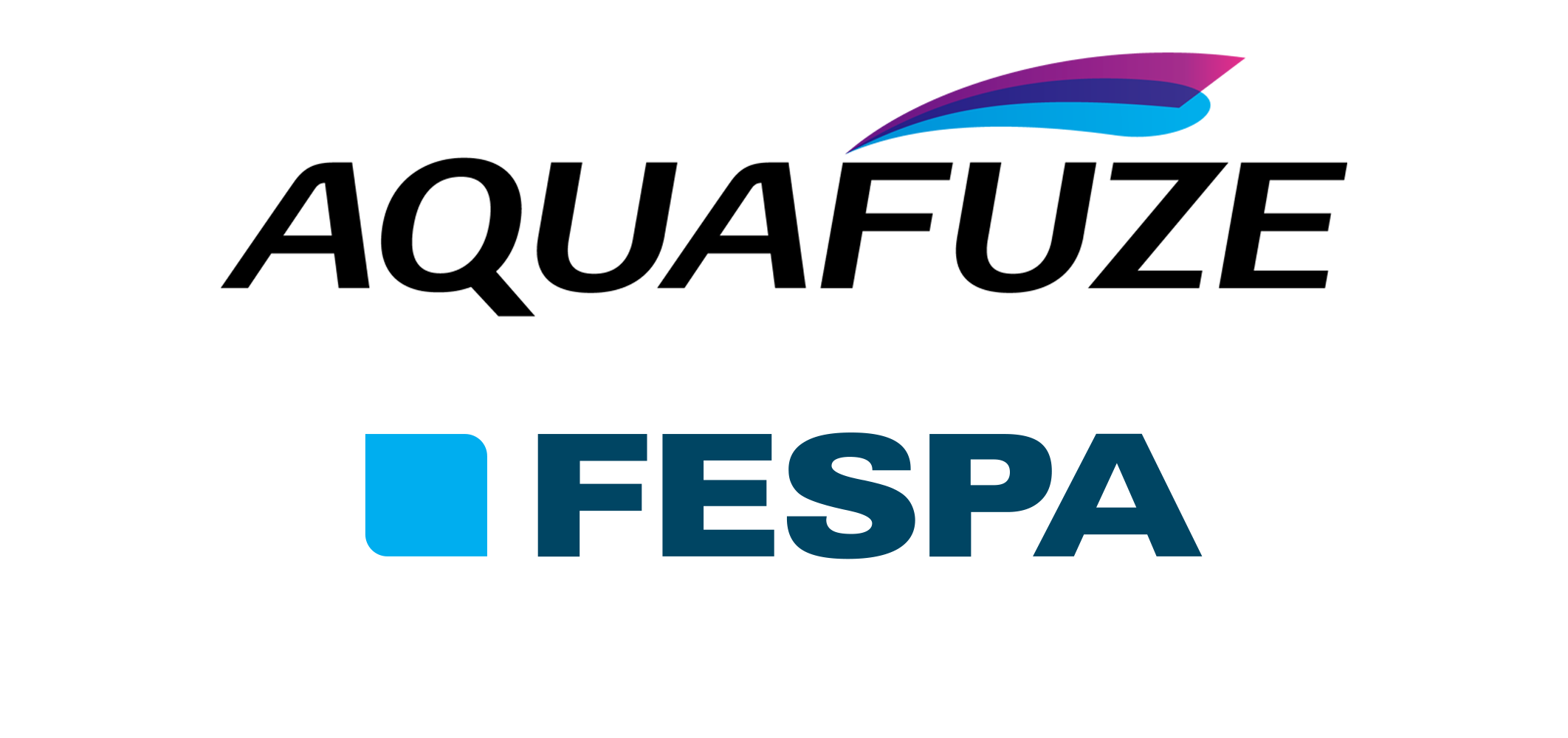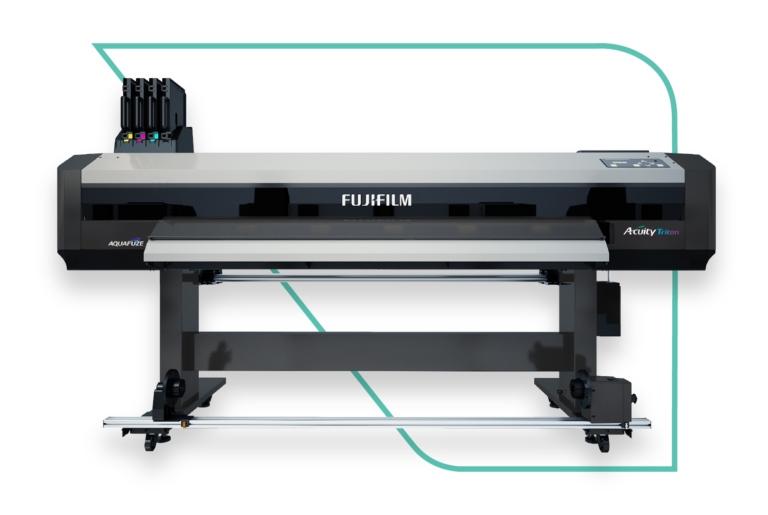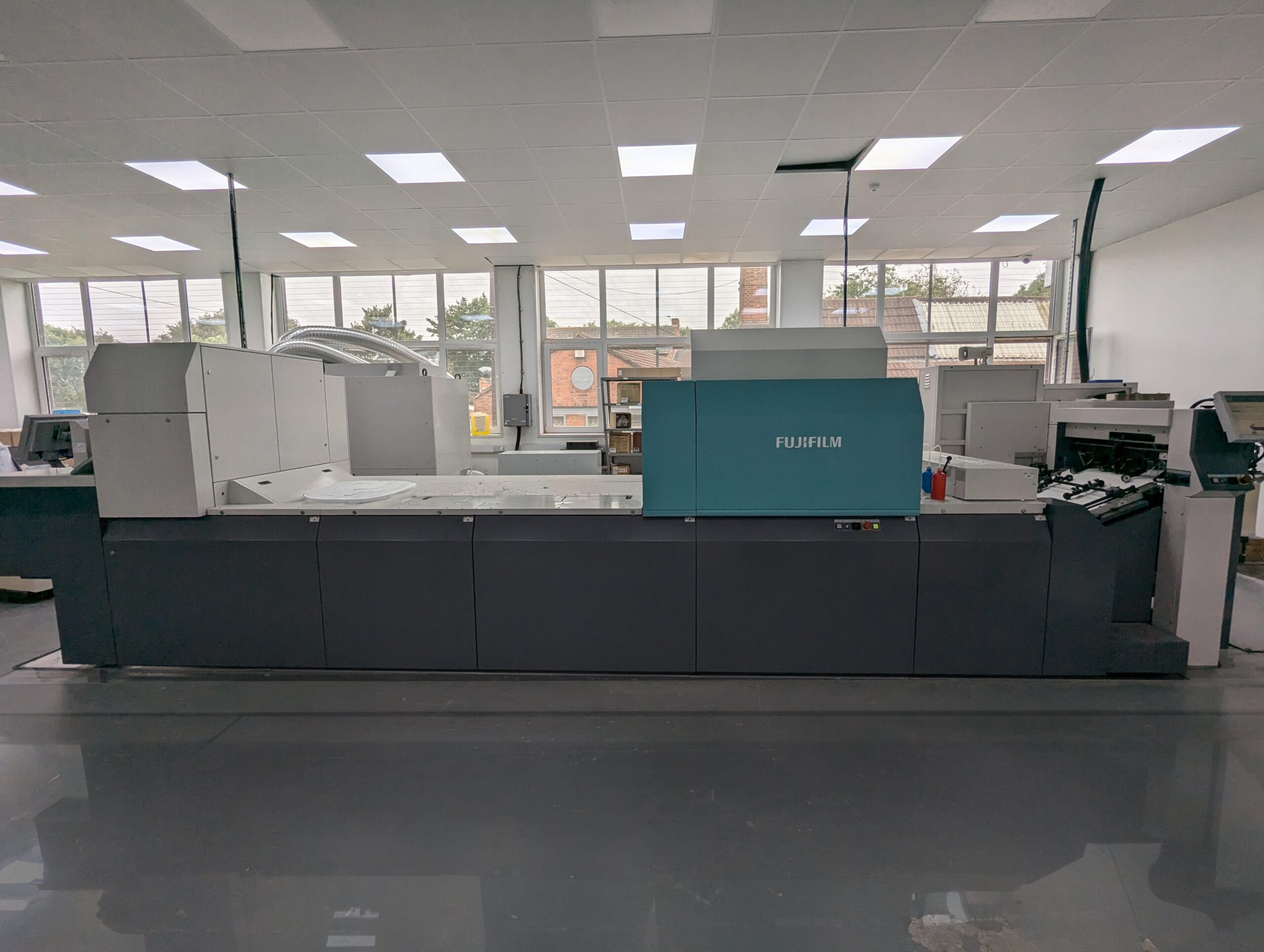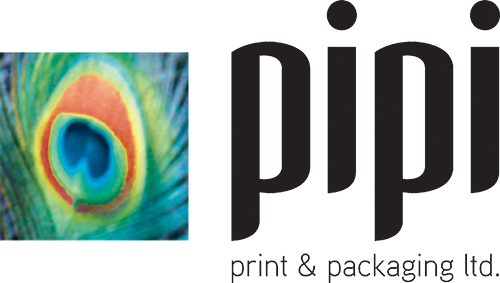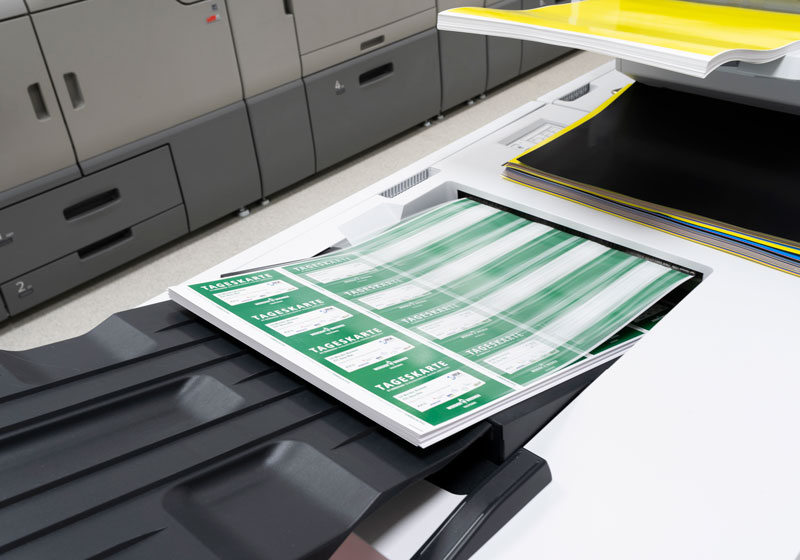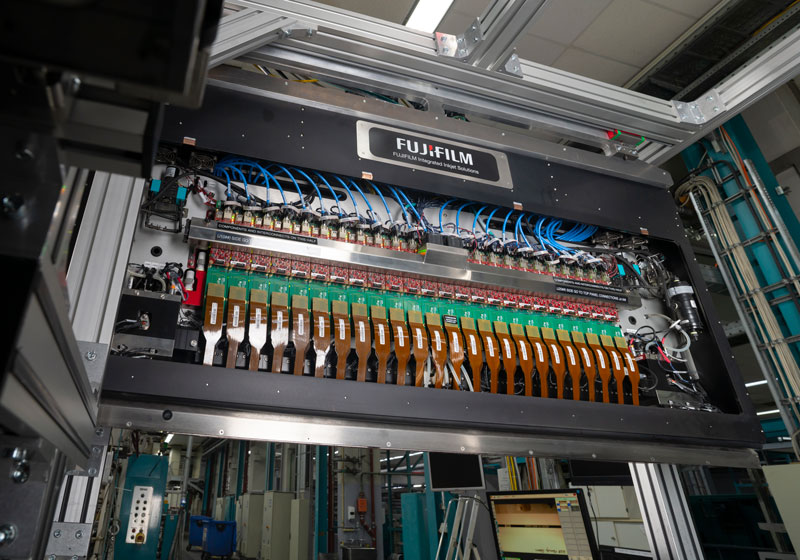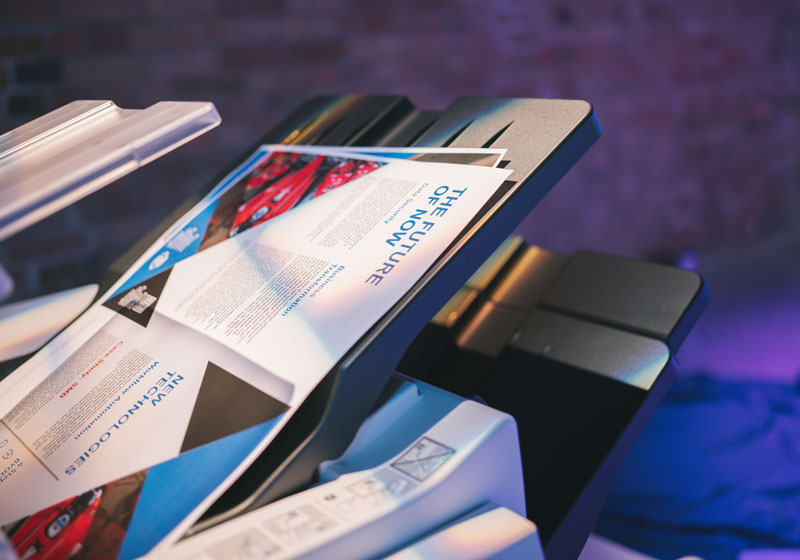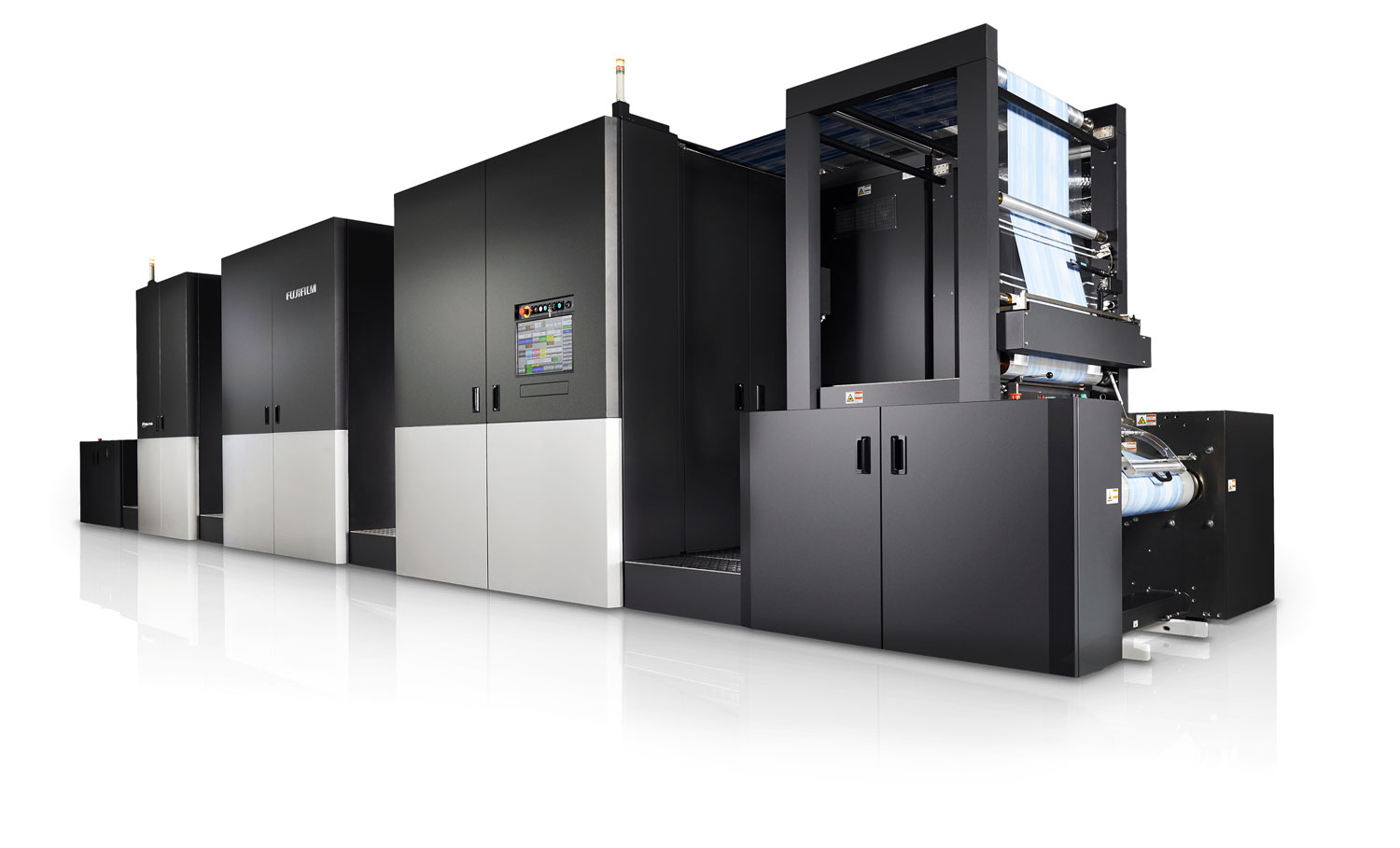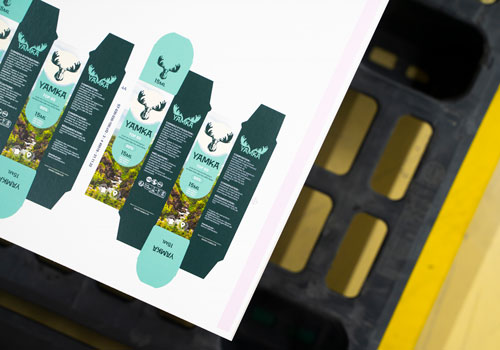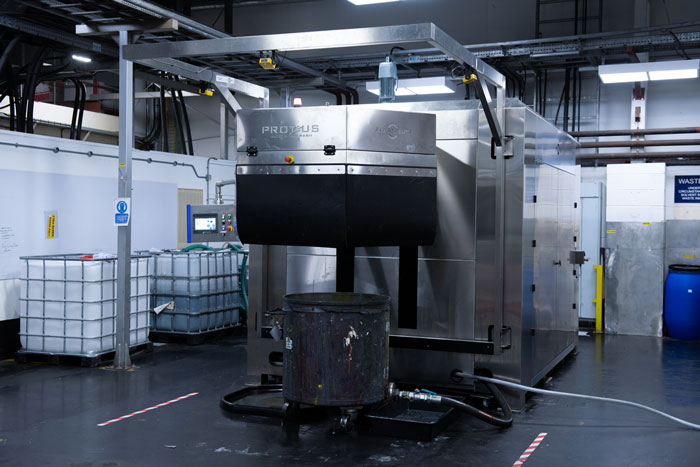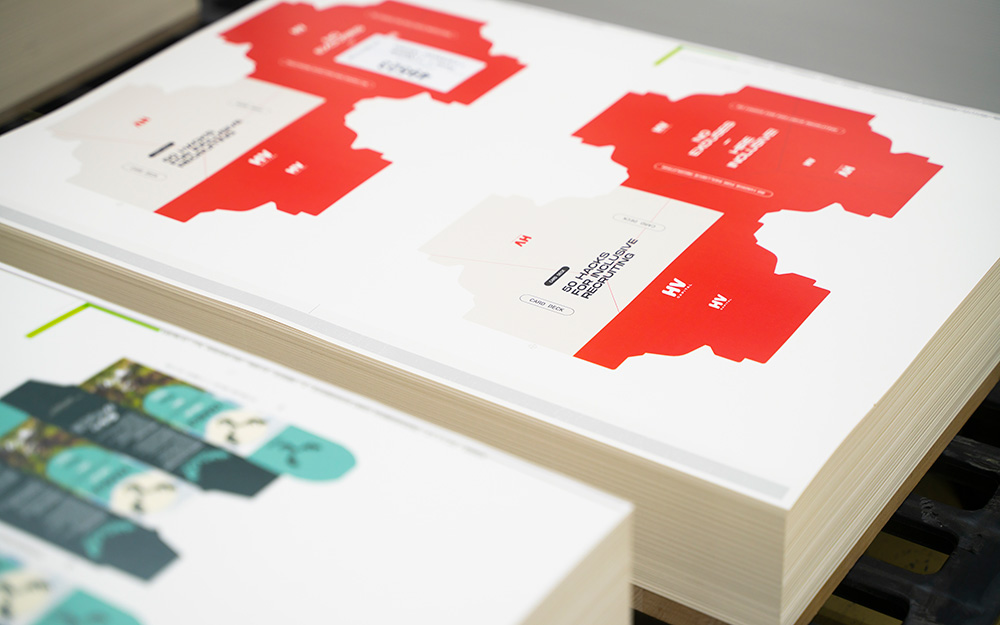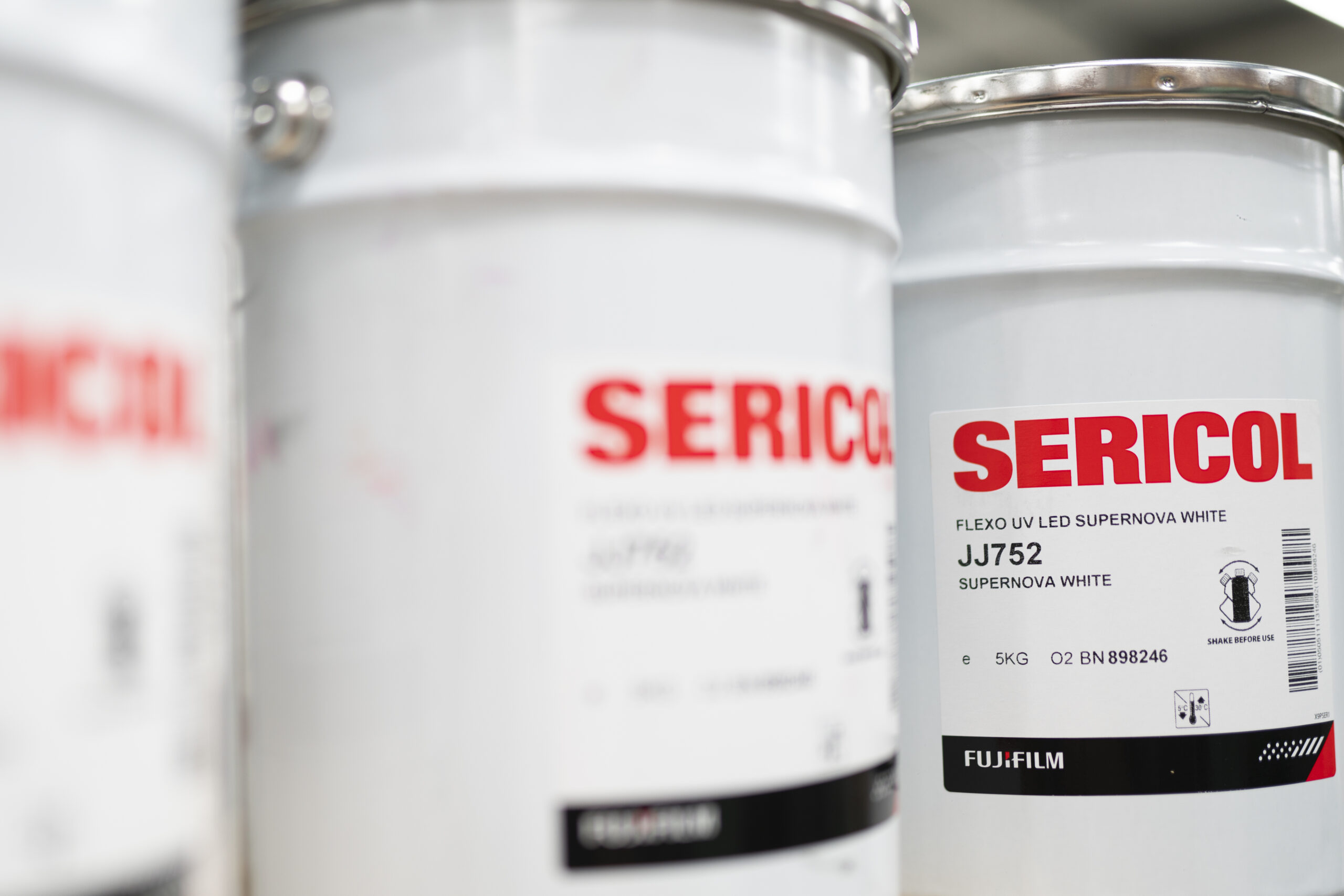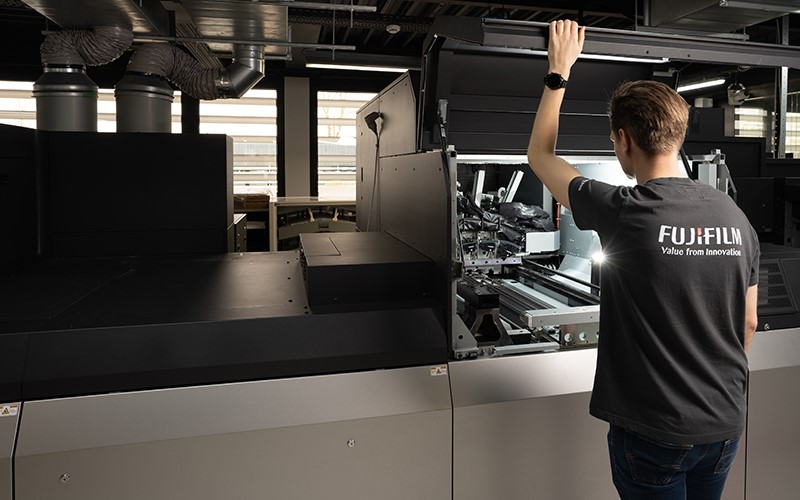Si elle est peut-être relativement nouvelle pour le public européen, la presse jet d’encre à alimentation continue Jet Press 1160 de Fujifilm est un leader très bien établi dans la région Asie-Pacifique et au Japon, avec déjà plus de 200 installations à son actif. Grzegorz Szymanko, responsable marketing Europe pour l’impression de labeur chez Fujifilm, explique les secrets de son succès.
Lire l'article
Temps de lecture: 7 minutes
Une technologie éprouvée et un héritage reconnu
Devenir l’une des presses jet d’encre grande vitesse les plus vendues de la région APAC et le leader incontesté de sa catégorie, sur un marché aussi diversifié et concurrentiel, n’est pas le fruit du hasard. Le leadership sur ce marché ne repose pas uniquement sur l’innovation, mais également sur une réputation de fiabilité acquise de longue date, une compréhension approfondie des besoins locaux en matière d’impression et l’intégration d’une gamme de fonctionnalités soigneusement conçues pour répondre aux demandes spécifiques du marché.
Leader du marché, la Jet Press 1160CF a connu un grand succès en répondant aux besoins de livres éducatifs, de publipostage, de documents transactionnels et d’applications commerciales moins exigeantes, principalement imprimés sur des papiers non couchés et couchés mats.
Contrairement à de nombreux concurrents, Fujifilm est un partenaire fiable des imprimeurs de labeur de la région Asie-Pacifique depuis plusieurs décennies grâce à sa longue expérience dans le domaine de l’impression offset, des encres aux plaques. Cet héritage bien établi est important, en particulier dans un secteur où la fiabilité a un impact direct sur la satisfaction des clients et la continuité des opérations.
Mais l’héritage seul ne suffit pas à garantir le leadership sur le marché. La Jet Press 1160CF excelle en répondant à la double exigence de haute qualité et de productivité élevée. Cela est devenu particulièrement important avec la baisse des volumes d’impression offset et l’accélération des délais d’exécution. Pour de nombreux imprimeurs de labeur, les tirages offset traditionnels sont tout simplement devenus moins rentables. Il en résulte une transition croissante vers le numérique, et les presses jet d’encre à alimentation continue telles que la Jet Press 1160CF se sont avérées le choix idéal pour ceux qui recherchent le rendement élevé de l’offset sans compromettre la qualité visuelle ni la satisfaction des clients.
Sa capacité à maintenir une qualité supérieure constante à grande vitesse, sur une large gamme de supports, fait en particulier de la Jet Press 1160CF une alternative convaincante à l’offset dans le segment de l’impression de labeur de la région Asie-Pacifique. Dans de nombreux cas, la presse a aidé les imprimeurs à passer en toute confiance de l’offset au numérique pour les courts et moyens tirages, et à répondre aux exigences sans cesse changeantes des clients en matière de rapidité, de flexibilité et de durabilité.
La Jet Press 1160CF offre également une solution de migration intéressante aux utilisateurs de presses jet d’encre d’ancienne génération à la recherche d’un encombrement réduit, d’une consommation d’énergie moindre et d’une meilleure rentabilité sur les supports non couchés ou couchés mats.
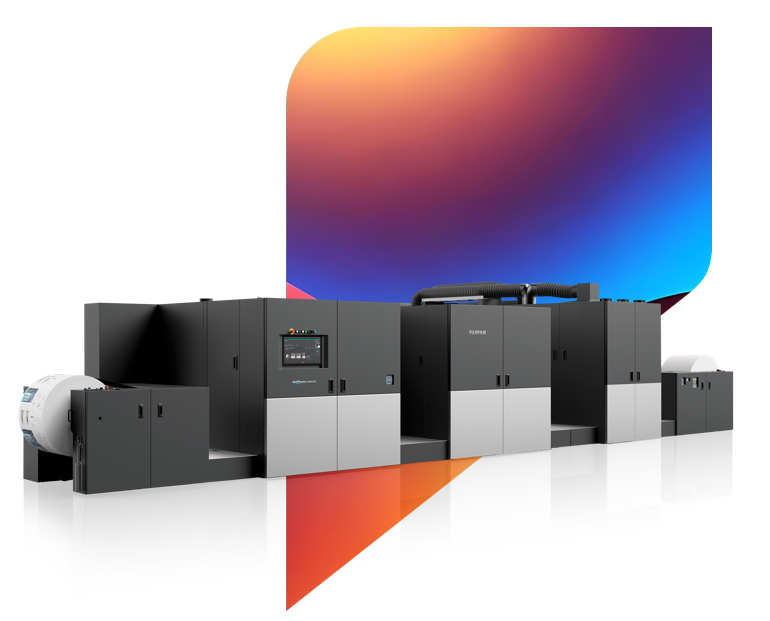
Au service d’une impression plus durable
La durabilité est un autre point fort de la Jet Press 1160CF. Les technologies numériques comme celle-ci évitent naturellement une grande partie des inefficacités de l’offset, depuis la production des plaques et l’utilisation de produits chimiques jusqu’au gaspillage de papier lié aux longs temps de calage. La production de courts tirages et à la demande favorise par ailleurs l’émergence de nouveaux modèles commerciaux plus efficaces en minimisant le gaspillage et les stocks excédentaires ou invendus. Tous ces avantages devraient devenir des facteurs décisifs dans les décisions d’achat d’ici 2032 (voir « The Future of Digital Printing to 2032 », tableau E1, Smithers). La Jet Press 1160CF s’est révélée un excellent choix dans le contexte des objectifs de développement durable fixés par les principaux imprimeurs de labeur de la région Asie-Pacifique.
Soutien à la croissance des entreprises
L’un des meilleurs exemples illustrant comment la Jet Press 1160CF aide les prestataires de services d’impression à développer leur activité est celui de Twin Bell Media en Corée, qui a installé deux presses jet d’encre Jet Press 1160CF afin de produire différentes applications pour des universités, des établissements d’enseignement, des organismes publics et des éditeurs, sur des supports non couchés et couchés mats.
« Notre capacité de production, qui nous distingue des autres entreprises, nous a permis d’introduire cette technologie en mai 2024, ce qui a doublé notre volume de commandes », explique Yoo Yong-ho, CEO de Twin Bell Media. Il reconnaît également le rôle des progrès technologiques dans l’amélioration de l’efficacité et de la rentabilité des entreprises. « Alors que le modèle précédent pouvait imprimer environ 80 000 pages par heure, la Jet Press 1160CF atteint désormais environ 165 000 pages par heure. Cela double presque notre capacité, ce qui nous permet de réduire considérablement nos coûts et nos frais de main-d’œuvre », explique M. Yong-ho.
Flexibilité pour répondre aux besoins de différentes applications
Bien que le modèle Jet Press 1160CF ait été initialement développé pour les supports non couchés et couchés mats, il a rencontré un vif succès dans la région Asie-Pacifique et au Japon auprès d’utilisateurs spécialisés dans un segment d’application spécifique. Fujifilm a donc lancé le modèle Jet Press 1160CFG à la drupa 2024. Cette nouvelle version est équipée d’un stabilisateur de papier intégré qui offre une qualité d’image encore supérieure sur une plus large gamme de supports, des papiers non couchés et traités pour l’impression jet d’encre aux papiers couchés offset (y compris les papiers couchés brillants).
La gamme Jet Press 1160 répond désormais à ces deux exigences. Conçues pour utiliser une encre pigmentée hybride à base aqueuse, les deux presses prennent désormais en charge un éventail encore plus large de supports, offrant une qualité offset et des vitesses d’impression pouvant atteindre 160 mètres par minute sur des supports non couchés et 80 mètres par minute sur des supports couchés. Cela en fait une alternative intéressante dans les environnements où la productivité et la précision sont primordiales.
Les opérateurs peuvent régler la vitesse d’impression entre 20 et 160 mètres par minute, en fonction de l’application ou du support. Cela permet de contrôler la qualité et d’optimiser les coûts. La gamme propose également des outils de profilage qui permettent une configuration rapide des supports en quelques minutes, réduisant ainsi les temps d’arrêt et facilitant le passage d’un type de papier à l’autre. Avec une largeur maximale de support de 546 mm, les deux presses sont désormais idéales pour des applications telles que l’impression de livres, de magazines, de catalogues, de publipostage, de documents transactionnels, de supports promotionnels et autres.
Un autre avantage significatif de la gamme Jet Press 1160 réside dans son encre pigmentée hybride à base aqueuse. Cette encre innovante est spécialement conçue pour imprimer sur des papiers offset couchés et non couchés sans nécessiter d’apprêt. Cette capacité unique simplifie le processus d’impression en éliminant le besoin d’un revêtement préalable, réduit la consommation de produits chimiques et d’énergie supplémentaires, et garantit une fixation supérieure de l’encre et une forme optimale des points sur les supports complexes, en particulier lorsqu’elle est associée au contrôle précis de l’humidité assuré par le stabilisateur de papier intégré à la Jet Press 1160CFG.

Perspectives d’avenir
L’adoption précoce au Japon, en Corée et en Australie a permis à Fujifilm d’asseoir sa position de leader dans la région. Fujifilm est un acteur majeur de ce secteur depuis de nombreuses années, avec plus de 200 presses jet d’encre à alimentation continue installées. Alors que de plus en plus d’imprimeurs passent de l’offset au numérique, poussés par les contraintes budgétaires, les exigences en matière de durabilité et les impératifs de rapidité, la gamme Jet Press 1160 est bien placée pour poursuivre sa croissance. Une partie de cette croissance sera réalisée dans la région EMEA grâce à la Jet Press 1160CFG (déjà disponible) et à la Jet Press 1160CF (disponible dans la région EMEArd au troisième trimestre 2025).
Fujifilm poursuivra le développement de son offre dans le domaine du jet d’encre en s’appuyant sur trois piliers : le jet d’encre à alimentation continue, le jet d’encre feuille à feuille et les solutions flexographiques numériques. L’entreprise dispose ainsi d’une base solide pour couvrir une gamme complète de modèles commerciaux, d’applications et de segments de marché. L’ajout de la Jet Press 1160CF à la gamme, intégrée à une série de solutions de flux de production, d’alimentation et de finition, positionne ainsi Fujifilm comme le leader incontesté dans le domaine de l’impression jet d’encre de labeur.
Alors, pourquoi les presses jet d’encre à alimentation continue de Fujifilm sont-elles en tête dans la région APAC ? Les indicateurs sont clairs : forte adoption, confiance accordée à la marque et à son héritage, flexibilité des applications et avantages concurrentiels en termes de qualité et de durabilité ont tous contribué à faire de la Jet Press 1160CF le leader incontesté du marché dans la région.
Et même si le marché européen présente ses propres défis, Fujifilm estime que la formule gagnante allie qualité, polyvalence et confiance. L’entreprise est convaincue que ce qui a fonctionné à Tokyo et à Séoul peut tout aussi bien fonctionner à Berlin et à Barcelone. Après tout, comme l’explique M. Szymanko pour conclure, « les pressions auxquelles sont confrontés les imprimeurs de labeur peuvent légèrement varier d’une région à l’autre, mais les exigences fondamentales restent les mêmes : faire plus, plus vite, avec moins. Et pour beaucoup dans la région Asie-Pacifique, la Jet Press 1160CF a déjà fait ses preuves et su s’imposer comme la solution idéale. »
Jet Press 1160
Pour en savoir plus sur les solutions d’impression de labeur de Fujifilm :
Découvrir plus